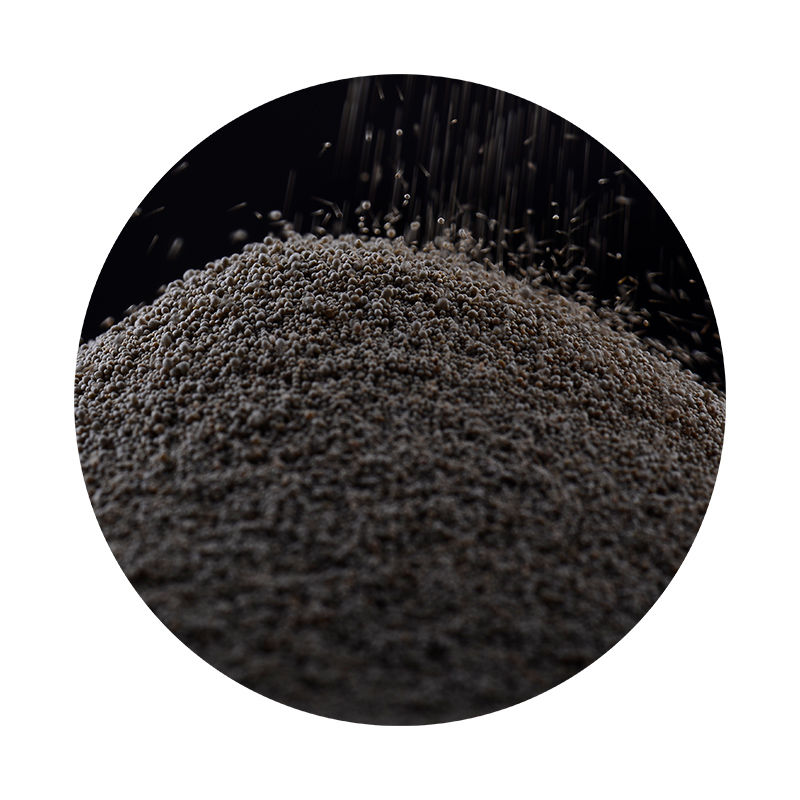How to Sand Small 3D Prints A Comprehensive Guide
3D printing has revolutionized the way we create objects, facilitating rapid prototyping and allowing for creativity to flourish. However, achieving a smooth finish on 3D printed items can be a challenge. Sanding is a vital step in post-processing that can enhance the look and feel of your prints. In this article, we will discuss how to effectively sand small 3D prints, ensuring they look polished and professional.
Why Sand 3D Prints?
When a 3D print is completed, the surface might not be as smooth as one would like. Layer lines, defects, and rough textures are common with many printing technologies, especially Fused Deposition Modeling (FDM). Sanding effectively minimizes these imperfections, allowing for
1. Aesthetics A smoother surface improves the appearance of the print. 2. Preparation for Painting A well-sanded surface holds paint better, leading to a more uniform finish. 3. Functionality Reducing rough edges can enhance the fit and function of moving parts.
Materials Needed for Sanding
Before starting the sanding process, make sure you have the following materials on hand
- Sandpaper Use different grits ranging from coarse (80-120) to fine (400-2000) for a gradual smoothing process. - Safety Gear Dust masks and goggles are essential to protect against inhaling fine particles and debris. - Sanding Block This tool helps maintain even pressure and can provide better control, especially on flat surfaces. - Water (optional) Wet sanding can reduce dust and provide a smoother finish, especially with finer grits.
Step-by-Step Sanding Process
how to sand small 3d prints

1. Assess the Print Before sanding, examine the model to identify areas that require attention. Look for high spots, layer lines, and any support material that needs removal.
2. Start with Coarse Grit Sandpaper Begin with a lower grit (80-120). This will allow you to remove the most material quickly. Use a sanding block for flat surfaces and your fingers for curves and details. Sand in a circular motion and be careful not to apply too much pressure, which could deform the print.
3. Move to Medium Grit Sandpaper Once you’ve achieved a more uniform surface, switch to a medium grit (150-240). This phase will help eliminate the scratches left by the coarse sanding. Continue to sand using circular motions and be diligent around intricate details.
4. Fine Grit Sandpaper for Smoothing Finish with fine-grit sandpaper (400-1000). This stage is crucial for a smooth, polished finish. If you’re wet sanding, dip the sandpaper in water while sanding. The water will help reduce dust and cool the surface, minimizing the risk of heat damage.
5. Clean the Surface After sanding, use a soft brush or cloth to remove any debris or dust from the print. This ensures that you have a clean surface for any further processing, like painting or applying finishes.
6. Inspect and Touch Up Assess your print after the sanding process. If there are still imperfections visible, consider repeating the sanding process on those specific areas, moving from coarse to fine grits as needed.
Final Thoughts
Sanding small 3D prints is an essential skill for any 3D printing enthusiast, dramatically improving the quality and appearance of your projects. It may take some practice to hone your technique, but with patience and attention to detail, you can achieve outstanding results. Remember, the key to a great finish lies in gradual progression through the different grit levels and maintaining a steady hand. Happy sanding!
Post time:ئۆكتەبىر . 14, 2024 22:35
Next:Key Distinctions Between Die Casting and Sand Casting Processes
